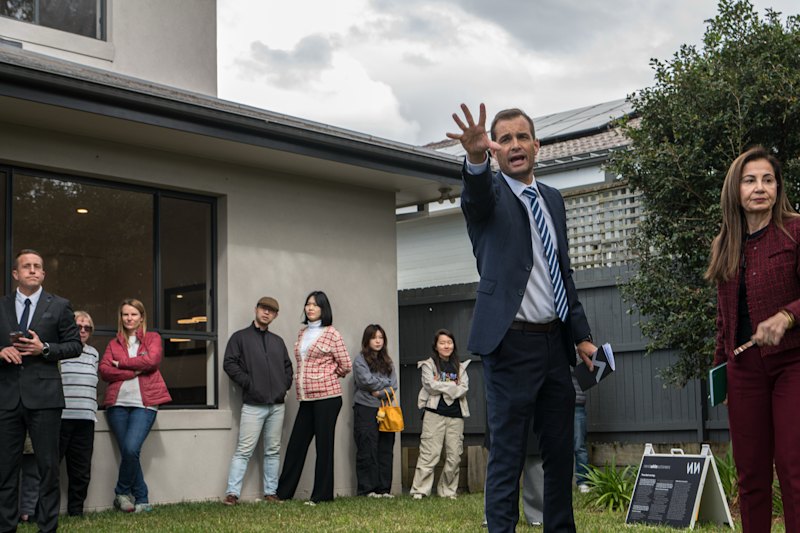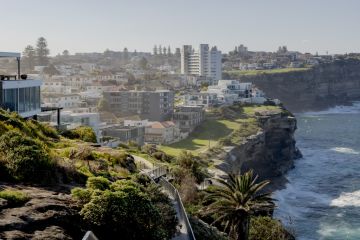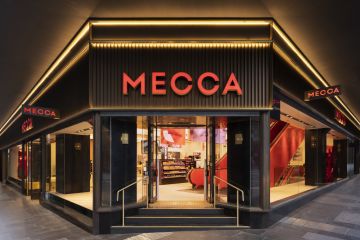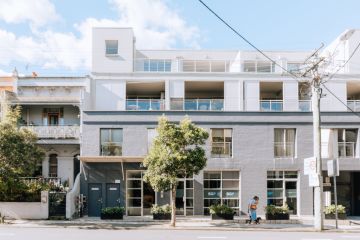Melbourne house hunters target bridesmaid suburbs
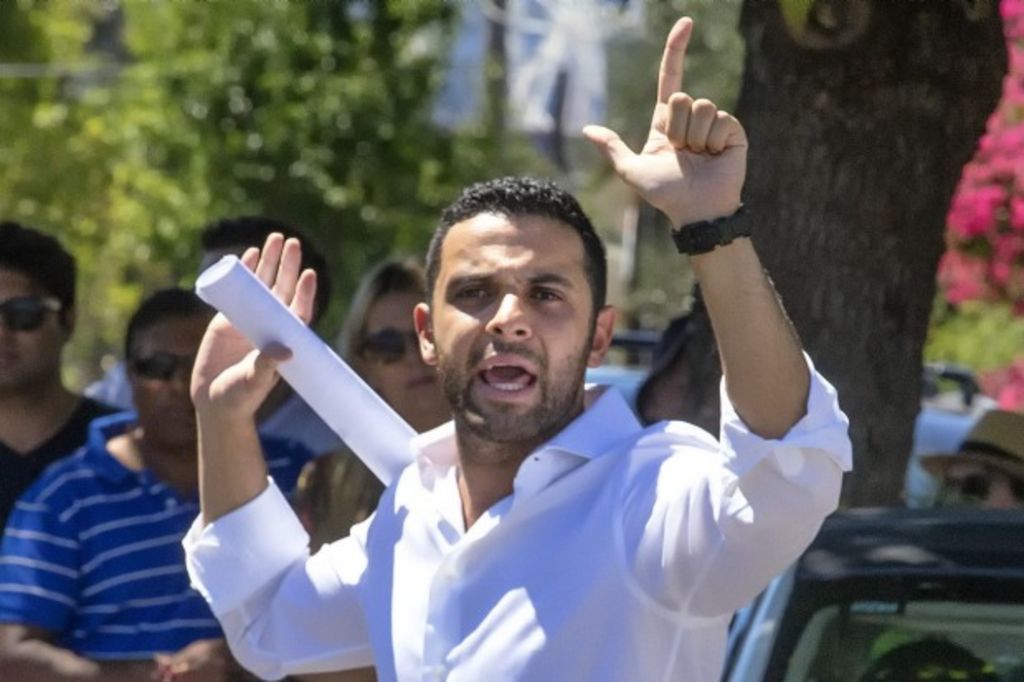
It’s too early to identify a general trend in Melbourne’s 2016 real estate market, but the engine-house for big price growth since 2012 – the inner-eastern suburbs – is predicted to quieten down.
Only 11 auctions were held in the inner east on Saturday out of a total of 199 metropolitan auctions.
Melbourne’s market again outperformed the major capital-city markets, with the Domain Group posting a clearance rate of 79 per cent from the 151 auction results reported on Saturday.
Auction numbers in the coveted Boroondara and Stonnington council areas will rise sharply in the six weeks to Easter. But the market is seeing a changed dynamic as listings become much more evenly spread across the city, and affordability constraints change the choices of a growing number of buyers.
Increasingly, value-conscious buyers are zeroing in on next-best suburbs and areas perceived to offer fair value or bargain prices.
Tap here for Saturday’s auction results.
Tap here for the Market Snapshot.
This kind of buying is no longer readily available in the inner east. Such affordability barriers are set to lead to stepped-up buying activity in the north, west and south of the city.
“Inner-east properties have had strong price growth over the past three years and it is forcing buyers further out, particularly sub-$1 million buyers,” Domain Group chief economist Andrew Wilson said.
“You can almost feel the heat of the market moving to the south-east and also to the north-east.”
On Saturday, Melbourne’s outer east and west suburban regions provided the bulk of auctions. Both regions each had 43 auctions while the northeast hosted 28.
The underlying story of Melbourne’s residential market is the next-best suburb: buyers are priced out of one area, so they target somewhere nearby.
The ripple effect could gain plenty of extra traction in 2016.
That’s because Melbourne house prices look set to grow by about 5 per cent this year, well down on 2015’s 15 per cent growth spurt.
The slower market is encouraging value-hunters to target emerging hotspots.
In a new report, valuers Herron Todd White said its research indicated “a few key suburbs” would experience higher than average growth in 2016.
HTW expects Footscray to build on the rapid growth it had last year, while a swathe of middle-ring suburbs in the city’s south-east, as well as Ringwood East are also tipped to shine.
The valuer group said Footscray’s improved infrastructure, rich multicultural environment and proximity to the CBD gave it “all the characteristics to be a distinguished performer in 2016.”
“Other suburbs set for growth in the west include Sunshine, Braybrook and Laverton (and) it is the mid-tier dwellings that are likely to perform best, in particular townhouses and units,” the report said.
The 12 months to December 2015 saw extremely high levels of growth in a number of outer eastern suburbs, led notably by Ringwood and Ringwood East.
HTW said this demand was partly driven by the redevelopment of Eastland Shopping Centre but also by “the lack of affordability of the inner-eastern suburbs, which continues to push purchasers further along the Lilydale train line.”
“The scarcity of developable land has resulted in increased competition and higher prices,” the company noted.
Dr Wilson said budget markets in Melbourne would continue to do well as long as the Victorian economy performed reasonably.
He believes the middle and outer rings of Melbourne’s east, the northern and western suburbs and, especially, the south-east corridor, will be major theatres of buyer activity this year.
“Properties under $700,000, which is under the Melbourne median house price, represent very good value,” Dr Wilson said.
“Every weekend between now and Easter will give us a better sense of what is happening in the market.”
The market will face a more vigorous test next weekend, when 441 auctions are scheduled.
We recommend
We thought you might like
States
Capital Cities
Capital Cities - Rentals
Popular Areas
Allhomes
More
- © 2025, CoStar Group Inc.
